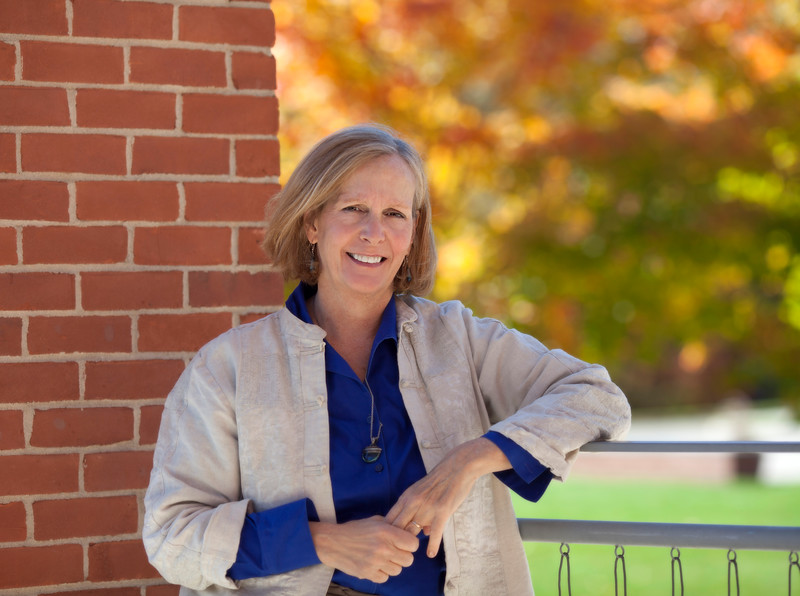The current Ebola crisis is a clear illustration that medical care is as much about good communication as it is about good medicine and good doctoring.
To Kathleen Skoczen, chair of the anthropology department at Southern Connecticut State University, Ebola “is showing us the importance in today’s world of the human skills’ required when outsiders step in to address a crisis but lack the cultural and social knowledge.”
Skoczen said: “Ebola is a real good example of potential dangers that can occur when we prioritize economic growth over human needs.”
“This illness is not just biological,” she reiterated.
“With globalization, mass transit, extremely dense populations, higher rates of poverty and illiteracy, pockets of the world are ripe for dangerous diseases. Besides Ebola, these regions have higher rates of HIV and tuberculosis,” Skoczen said. “This results in contexts where populations are at higher risk because of scarce resources: there are choices, and we can make better choices.”
Compounding the crisis, Skoczen said, is the 24/7 information age we now live in – where the “latest news – or rumors or lies about Ebola is on everyone’s computer, smart phone or television set instantly.”
Ironically, the Ebola crisis has hit at a time when Southern has just developed a Social Science and Medicine minor that allows students to understand and appreciate the relationships between the broader medical field, society and culture, and human behavior.
Students explore how human health is affected by, and contingent upon, both the culture of medicine and the socio-economic-political approach to illness and health.
Pre-med and pre-dental majors in the new minor are learning “the importance of human skills to have successful outcomes,’’ Skoczen said.
“We tend to think too much about the science of medicine,’’ she said. “We sometimes forget the importance of simple interaction – doctors with patients and vice versa.”
“Think,’’ she said, “how often people here at home can get confused during medical treatments. Now, imagine how that confusion can be compounded in countries such as Liberia.’’
The Social Science and Medicine minor enhances the undergraduate education of students pursuing professional careers in the medical field (e.g., doctor, nurses), field of social work and public health, research careers related to medicine (e.g., sociology, history of medical, medical anthropology, environmental health) or business administration within health service.
The learning objectives of the 18-credit minor include: investigating different approaches within the social sciences to the study of health, illness and medical systems; analyzing health care systems from an interdisciplinary and international perspective; and identifying the role of culture, economics and politics in the distribution, development, delivery and reception of health care and medical science.
Students also learn to comprehend the complexity and variation of competing and/or supplemental medical systems; evaluate individuals’ responses and responsibilities to health and illness issues; and understand the integrated and complex relationship between medicine and social/cultural factors including: age, gender, race/ethnicity, and socio-economic status.
Because the curricula helps students recognize the relationships between the broader medical field, society and culture, and human behavior – “it just makes sense for someone majoring in an area with medicine as a focus to choose courses in the Social Science and Medicine program,’’ Skoczen said.


